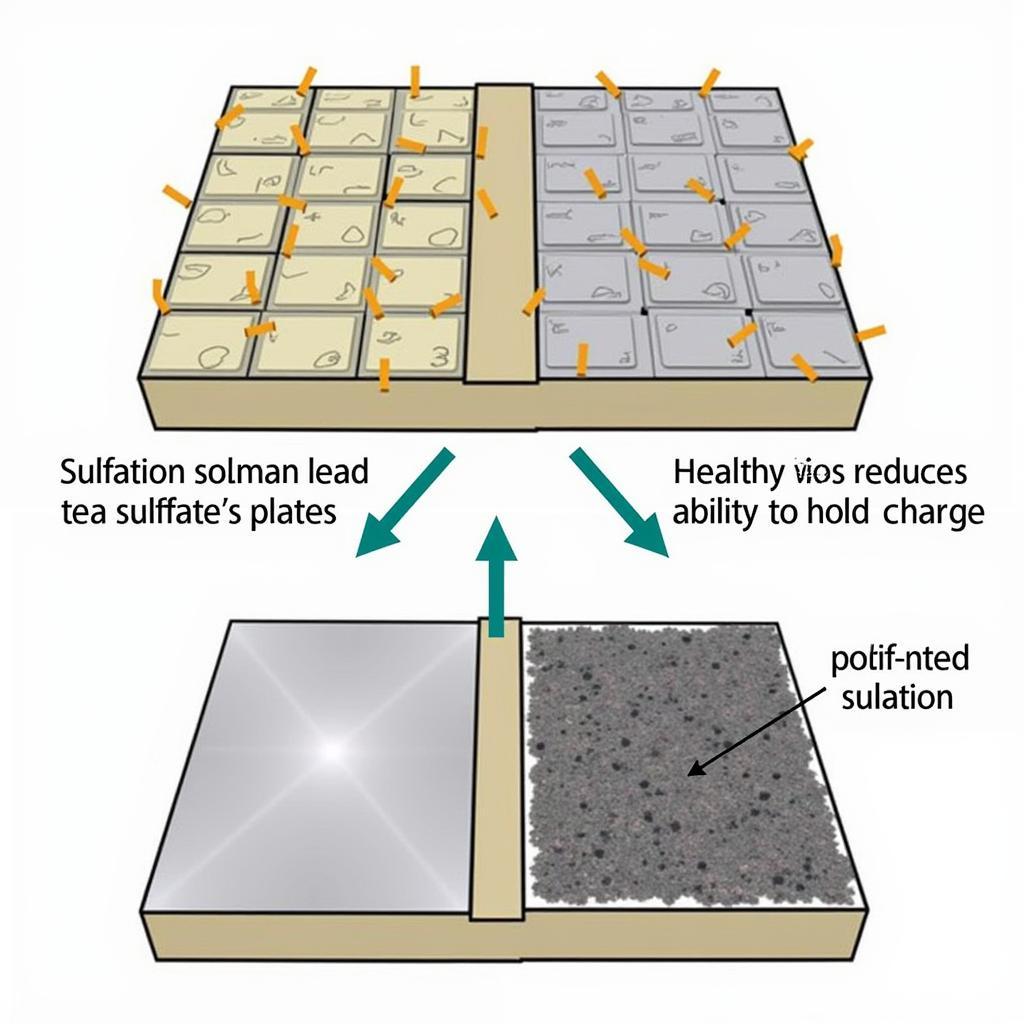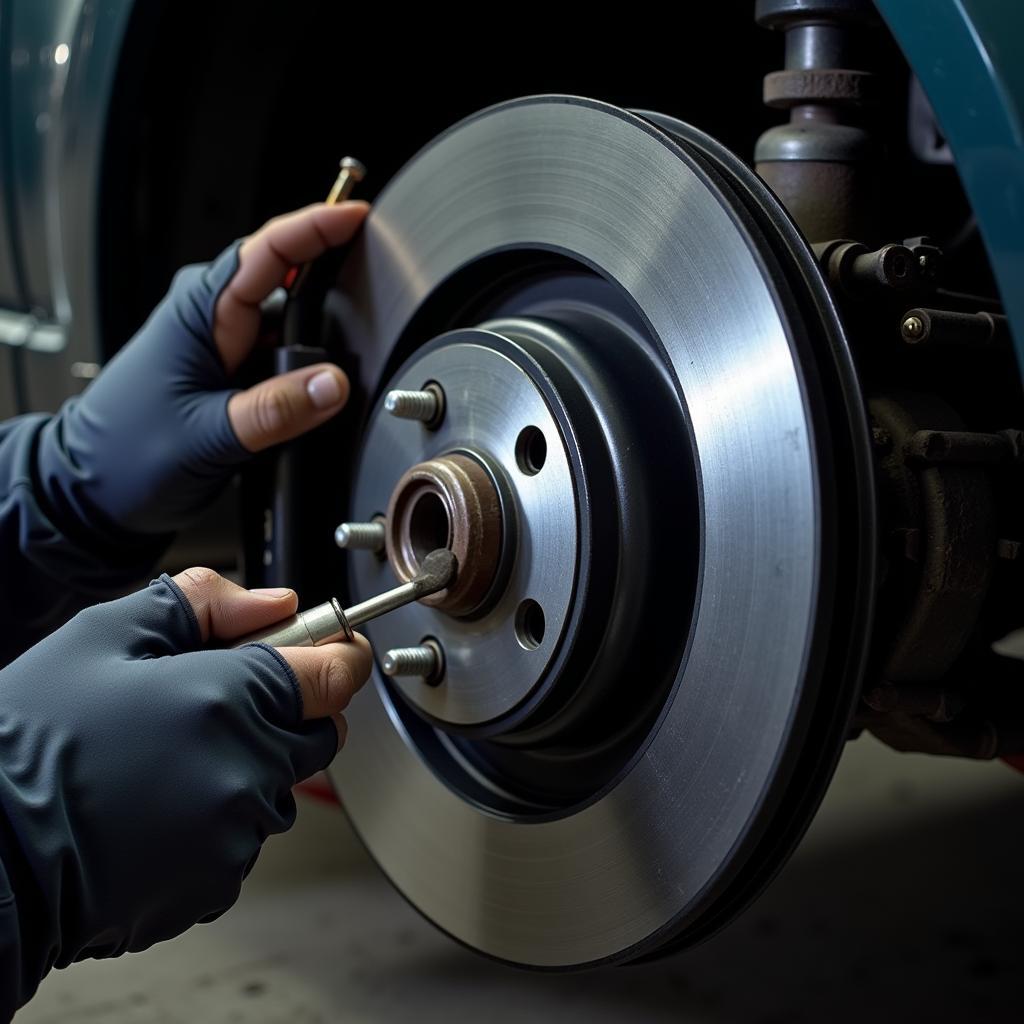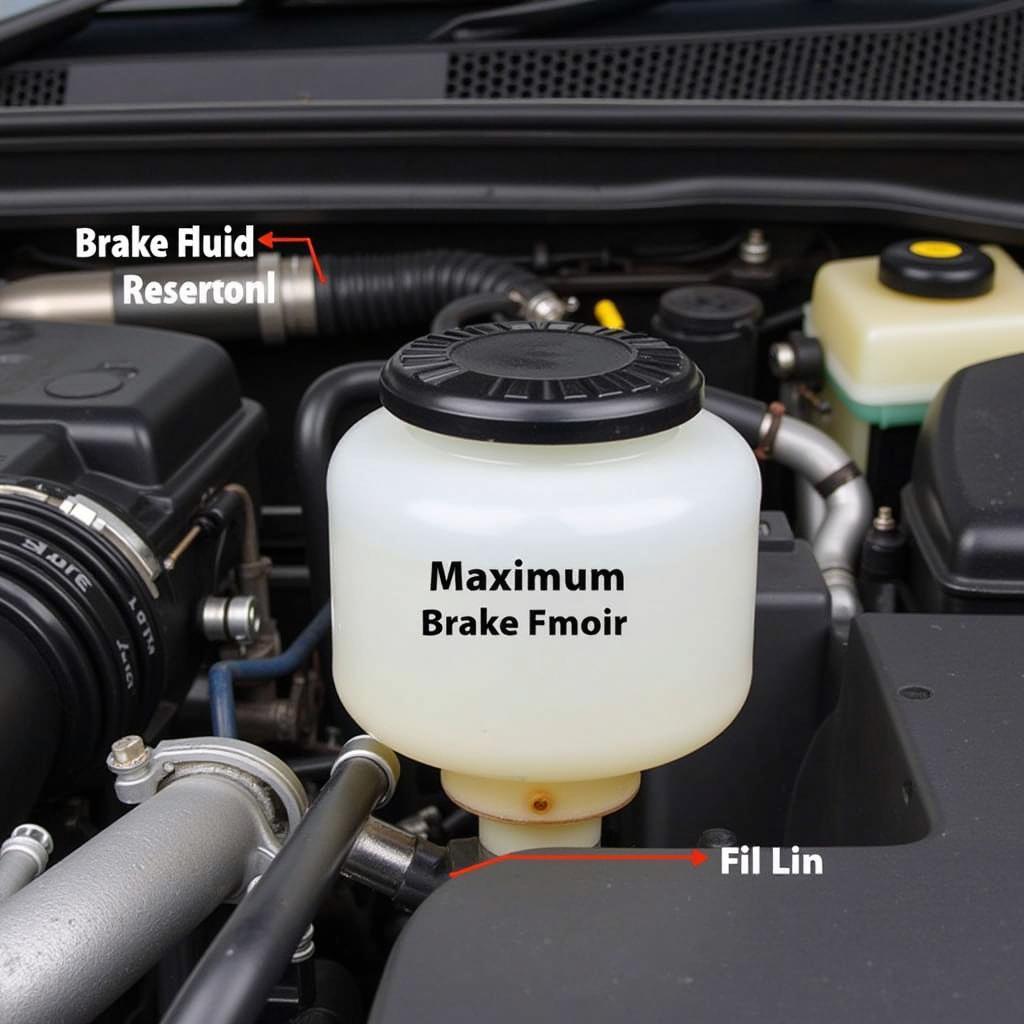A dead car battery is a common problem, especially if your vehicle sits unused for extended periods. But will a car battery go bad from sitting? Absolutely. Inactivity can significantly shorten a car battery’s lifespan. This article delves into the reasons why, how to prevent it, and what to do when faced with a dead battery due to inactivity.
Why Does a Car Battery Die From Sitting?
Even when a car is off, the battery still powers essential systems like the clock, radio memory, and security system. This constant drain, known as parasitic draw, slowly depletes the battery’s charge. Over time, especially in older batteries or those with existing issues, this drain can completely discharge the battery, leading to sulfation. Sulfation occurs when lead sulfate crystals form on the battery plates, hindering the battery’s ability to hold a charge. Temperature also plays a crucial role. Extreme heat or cold can accelerate the battery’s self-discharge rate and worsen the effects of sulfation.
 Car Battery Sulfation Process
Car Battery Sulfation Process
How Long Can a Car Battery Sit Before Dying?
Several factors influence how long a car battery can sit unused before dying. A new, fully charged battery in ideal conditions might last for several months. However, an older battery, extreme temperatures, or a high parasitic draw can drain a battery in as little as a few weeks or even days. Regular driving keeps the battery charged and prevents sulfation.
What are the signs of a dead car battery due to sitting?
Slow engine cranking, dim headlights, flickering interior lights, and malfunctioning electronic accessories are all telltale signs of a battery weakened by inactivity. A clicking sound when turning the key is a classic indicator of a completely dead battery.
How to Prevent a Car Battery from Dying When Sitting
There are several preventive measures to keep your car battery healthy during periods of inactivity. Regularly starting the vehicle, even for short periods, helps maintain the battery’s charge. A battery maintainer or trickle charger provides a constant low-current charge, preventing discharge and sulfation. Disconnecting the negative battery cable eliminates parasitic draw, especially important for long-term storage.
Can you jump-start a car battery that’s been sitting for a long time?
While jump-starting a dead battery is often possible, a battery severely damaged by prolonged inactivity might not hold a charge even after a jump-start. In such cases, battery replacement is often the only solution.
What To Do With a Dead Battery From Sitting?
If your battery is completely dead, try jump-starting it. If the battery still doesn’t hold a charge, it’s likely time for a replacement. Properly dispose of the old battery at a designated recycling center, as car batteries contain hazardous materials.
“Regularly driving your car is the best way to keep the battery healthy,” says John Miller, a Senior Automotive Electrical Engineer at Acme Auto Solutions. “But if you must store your vehicle for extended periods, take preventative measures to protect your battery.”
“Remember,” adds Miller, “a battery maintainer is a worthwhile investment for anyone who anticipates leaving their car unused for a while. It’s a small price to pay to avoid the hassle and cost of a dead battery.”
Conclusion
Will a car battery go bad from sitting? Yes, it can. Inactivity can significantly impact a car battery’s lifespan. By understanding the factors at play and implementing preventive measures, you can protect your car battery and avoid the inconvenience of a dead battery. Regular driving, using a battery maintainer, and disconnecting the negative terminal are effective ways to prolong your battery’s life, even when the vehicle is not in regular use.



